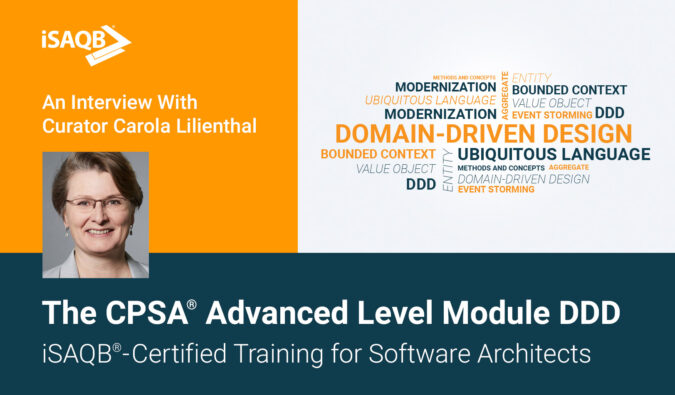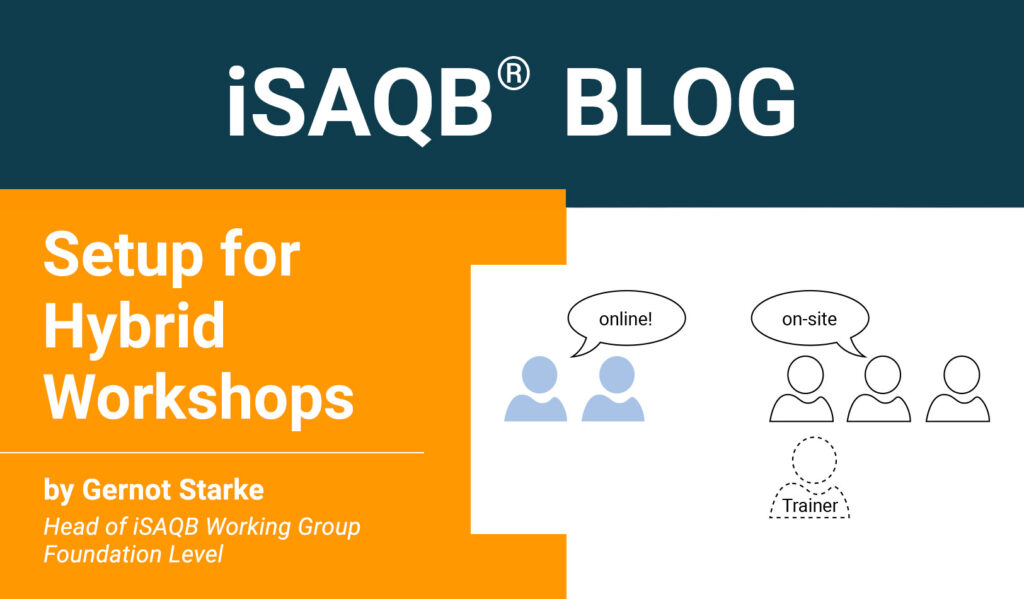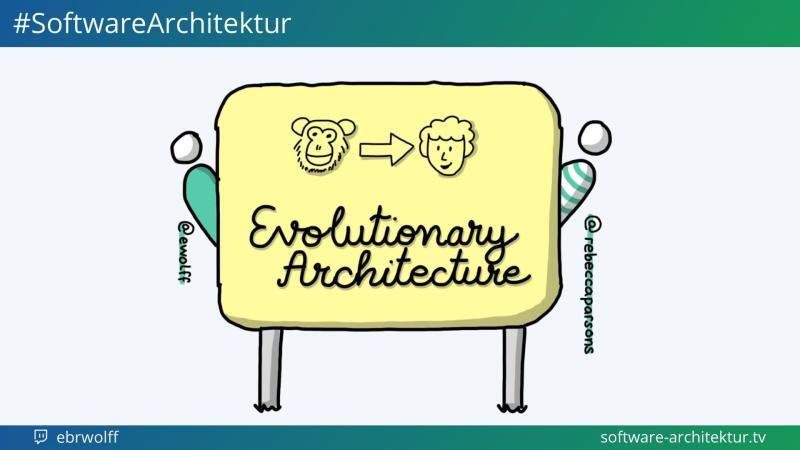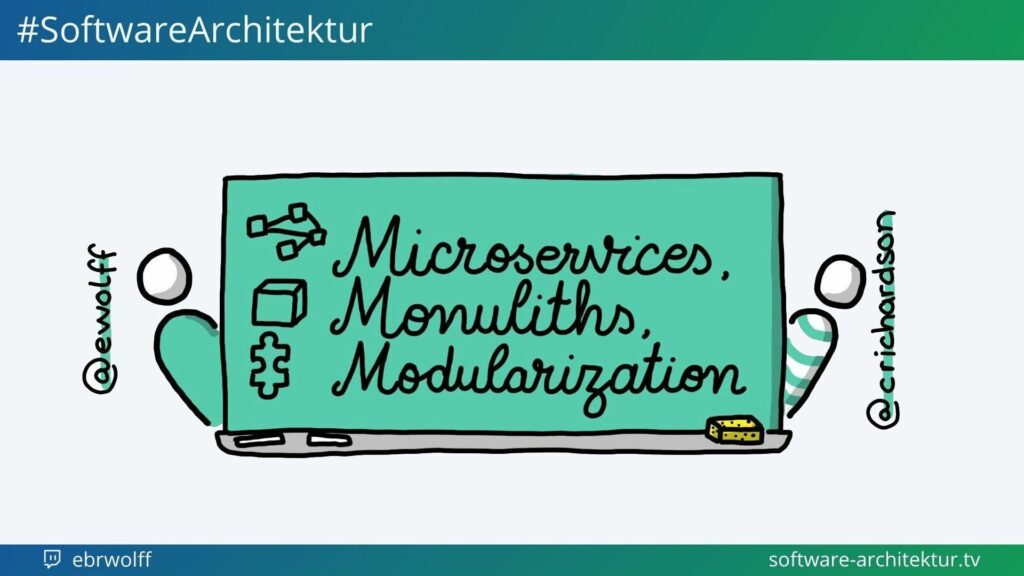Attending the iSAQB® CPSA® Advanced Training in Domain-Driven Design (DDD) – Who Should Take The Course and Why?
An Interview With Curator Carola Lilienthal
Which audience does the module DDD address?
The module DDD is aimed at software architects and software developers who not only want to feel at home in technology, but who would also like to learn about methods and concepts that support them in deeply understanding the domain and modeling it in software.
This module is also really rewarding for product owners, project managers, and requirements engineers, apart from the certification for developers and architects that the iSAQB provides with the Advanced Level. They get a good insight into how the domain of developers and architects is transferred into software and how they can participate in this process in a goal-oriented manner.
Which skills do software architects acquire from the module, what exactly do they learn in this training course?
Participants will learn about a variety of methods and concepts in the DDD module that will support them in penetrating the domain and modeling it in software.
Concepts taught are:
- A common language for domain experts, developers, and architects: the Ubiquitous Language.
- Domain-driven design patterns, also called building blocks, for a consistently structured class structure using Entity, Value Object, Aggregate, Service, etc.
- Bounded context and context map for the structuring of module structures.
Methods taught are:
- Requirements Engineering with Event Storming and Ubiquitous Language.
- Strategic design to break down the domain into subdomains and define bounded contexts in a context map.
- Tactical design to define the class structures within a bounded context.
This enables participants to better understand what business users say about their work processes and needs, and to build software systems that enable their users to work efficiently and in a goal-oriented manner.
How is the module relevant for the professional practice of software architects?
Many software architects today work on software systems that were developed years ago. Modernization is not only important in regard to the technology used, but these large old software systems should also be modernized structurally and broken down into smaller subsystems so that they can be maintained more easily.
DDD was originally conceived for new software development projects, but it also has a lot to offer for this case – the modernization of legacy systems.
You would like to learn more about the CPSA Advanced Level module DDD? Please visit the DDD module web page.
You would rather find and book a suitable DDD training course right away? Then check out our training calendar.
Share this article:
Related Posts
- « Previous
- 1
- 2
- 3
- Next »
About the Author













